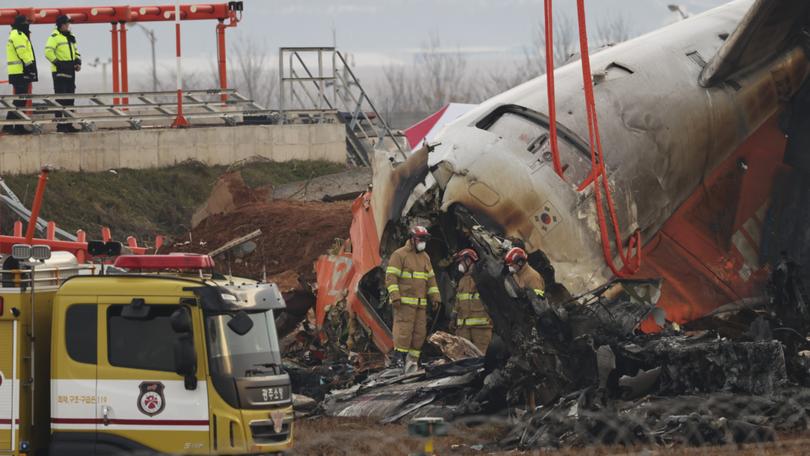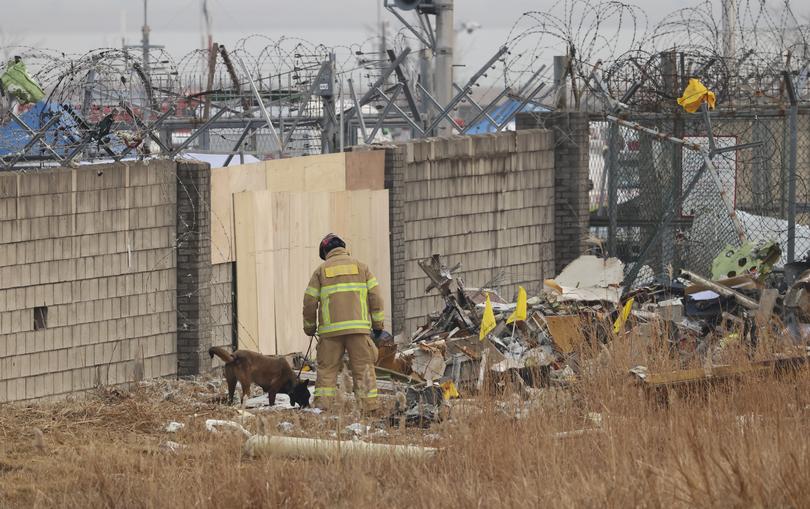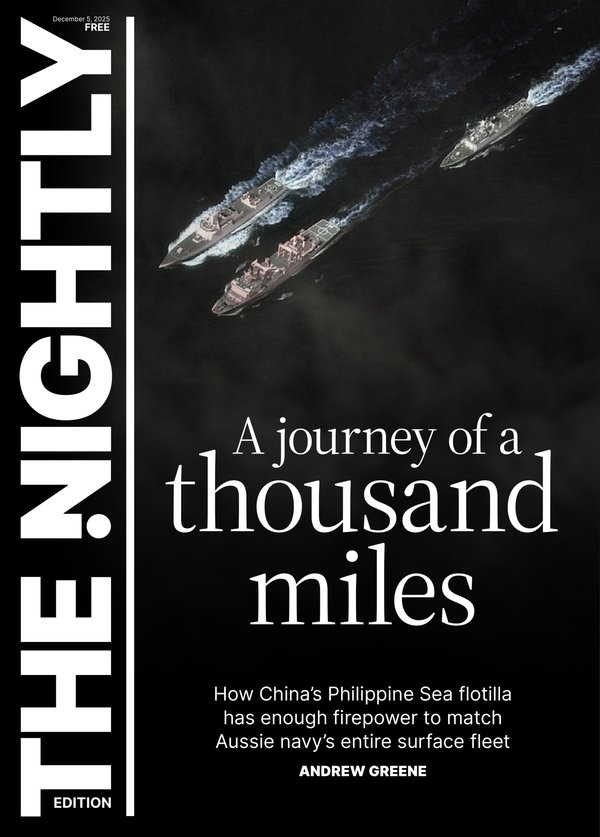Jeju Air Flight 7C2216: Aviation experts question concrete wall at end of runway after South Korean tragedy

Aviation experts are questioning the role of an airport design that positioned a mound of dirt and a concrete wall past the end of a runway, which Jeju Air Flight 7C2216 slammed into Sunday morning, killing all but two of the 181 people on board.
The Boeing 737-800 plane belly-landed on the runway after an overnight flight, apparently with flaps and landing gear retracted. The jetliner burst into flames after hitting the dirt and wall, where a localiser, which guides planes onto the runway, had been installed.
“Certainly that made it difficult to stop the aircraft safely,” said Todd Curtis, founder of Air Safe Media, which tracks aviation accidents and other incidents. Curtis worked at Boeing for nearly a decade as a safety engineer.
Sign up to The Nightly's newsletters.
Get the first look at the digital newspaper, curated daily stories and breaking headlines delivered to your inbox.
By continuing you agree to our Terms and Privacy Policy.It will take crash investigators months if not longer to uncover the cause of the crash, the worst-ever air disaster in South Korea and the deadliest crash in years. They will examine everything from aircraft maintenance records to pilot scheduling to cockpit voice recorders.

Initial evidence suggests a bird strike could have played a key role in possible engine loss. Experts cautioned the investigation is in the very early stages.
Some aviation experts say the fatalities could have been minimized had the plane not collided with the concrete wall.
Speaking about a video of the Jeju Air flight’s landing, aviation safety consultant and a Boeing 737 pilot John Cox said: “You see the airplane skidding along, it is slowing down, they’re slowing down and everything is going pretty well up until where they hit (the wall).”
Mr Cox said he suspects the cause of death for most of the passengers on board is “going to be blunt force trauma of hitting the wall.”
Barriers past airport runways are common and recommended.
At New York’s LaGuardia Airport and others, for example, there are engineered material arresting systems, or EMAS, installed — a crushable material that slows down a plane beyond the runway and prevents it from rolling into more dangerous areas.
In 2016, then-vice presidential candidate Mike Pence’s plane overran the runway at LaGuardia and was ultimately stopped by EMAS.
The barrier at the edge of the runway at Muan International Airport in South Korea did not appear to be frangible, or have the ability to break apart, according to video footage and expert analysis, something investigators are likely to focus on.
